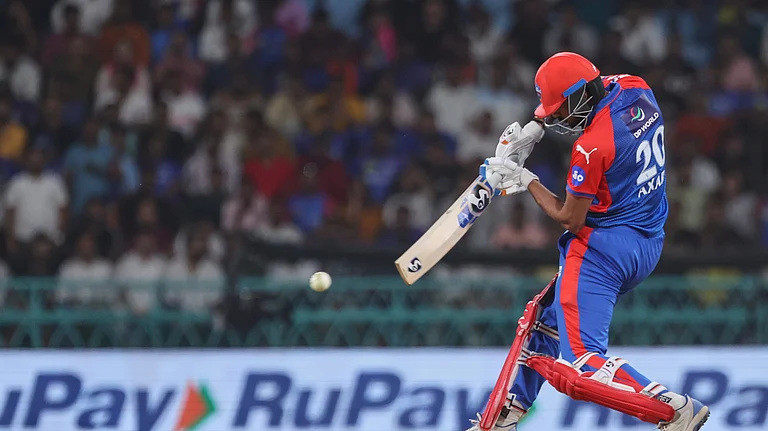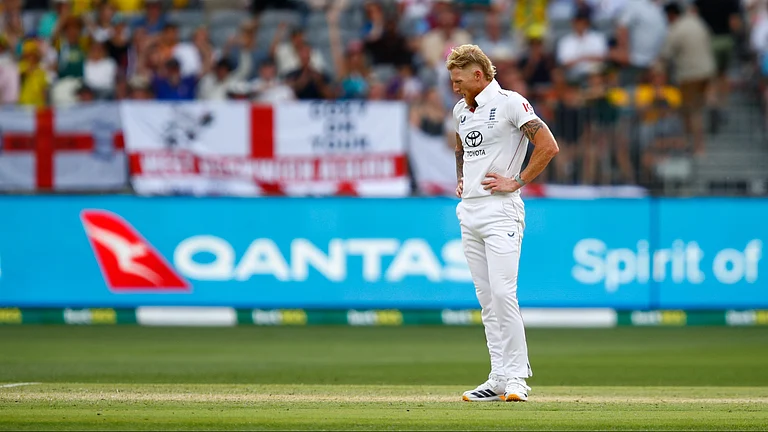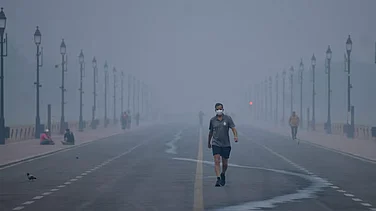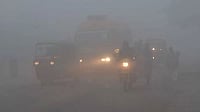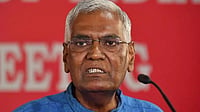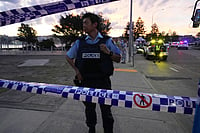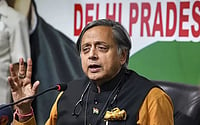The figures are grim. In the last two weeks, till September 17, there have been 181 terrorist strikes and 15 landmine blasts. Twenty-five security personnel have been killed. Three high-profile suicide attacks in Srinagar have taken the lives of 22 civilians. Another 110 civilians have been killed in other incidents in this period. Security forces, on their part, have killed 97 militants in encounters, killed another 178 attempting to infiltrate the LoC and foiled 13 forays along the International Border. "Confusion and panic has set in among the ranks of militant groups after our operational successes. They are out to prove that they are still in control, but that is not so," says Summanwar.
However, undeterred by the August 30 killings in Srinagar of JeM commanders Ghazi Baba, his deputy Rashid Bhai and his second-in-command Nasir Mehmood Ahwan (killed on September 17), the outfit’s Pakistan-based spokesman, Wali Hassan Baba, is still defiant. "We have formed suicide-bombing squads to kill top Indian leaders. These killings will break India’s backbone," he says.
The surge in violence has dented the claims of a return to normalcy by CM Mufti Mohammed Sayeed’s 10-month-old coalition government. "The lull in violence earlier was more because of Pakistan’s temporary de-escalation of militant activity along the LoC and the Valley. It wasn’t because of the Mufti’s healing touch or his regime’s performance," says Ahmad Bilal Bhatt, a high court lawyer in Srinagar.
The stepping up of violence has been on account of two factors—infiltration and successful regrouping of militant outfits. Senior officials of the G branch, the intelligence wing of the BSF, say the lull in violence in the preceding months had allowed various militant groups the time and space to recoup. Wireless intercepts by the BSF indicate that the heightened violence would continue with some of the groups coordinating their strategies.
Army commanders maintain there has been no let-up in infiltration—it has, in fact, increased. Routes from Pakistan-occupied Kashmir (PoK) through Skardu, Gultari, Khel in the north and Hazira, Kotli, Bhimber Khurate and Sensa in the south has seen increased forays by militant groups this summer. But because of the increased patrolling by the army along the LoC and battlefield surveillance radars and hand-held thermal imagers (which can detect intrusions on a 2.5-8 km range), militants are increasingly being pushed in from the International Border.
From Chenab, Sialkot and Jaffarwal in Pakistan, militants have been entering Poonch and Rajouri through the International Border. "They are exploring alternate routes because of the pressure on the LoC. This month alone we foiled close to 13 infiltration bids in this sector," says Summanwar. On September 15, the army killed a 10-member group at Mendhar in Poonch after a fierce encounter that lasted several hours.
With the onset of winter, many of the strategic passes and routes along the LoC will be snowbound. That’s why infiltration has been at an all-time high in the current month. "Pakistan wants to send in as many infiltrators as possible to carry on their heightened attacks," says an IB official.
Yet another factor contributing to the upsurge in violence has been the return of Ikhwanis (surrendered militants) to militancy. The brutal killing of Kukka Parray—the symbol of counter-insurgency—and his close lieutenant Abdul Rashid Khan has sent shivers down the ranks of pro-government militias. Failing to get adequately rehabilitated or protected by the government, many Ikhwanis have returned to the gun. Papa Kishtwari, a top counter-insurgent, says, "I am more scared of my own boys who have crossed over to militancy than the Islamist militants. Twelve of them have joined militant groups." Shaken by Parray’s murder, Kishtwari has asked for more police protection. Another frontline counter-insurgent, Hilal Haider, has gone underground with his men.
Accompanying the flare-up in violence was an acrimonious split in the All Parties Hurriyat Conference, the 23-part separatist grouping. The hardline splinter led by Syed Ali Shah Geelani fired its latest salvo on Thursday, flaunting an invitation to it from the Organisation of Islamic Conference (OIC) to its New York sessions in September-end. The aphc has an observer status in the OIC: so the invite helps the Geelani group claim authenticity. "The moderates led by Maulvi Abbas Ansari has been advocating talks with Delhi, which is not in line with Pakistan’s policy," says a moderate. It’s to sabotage this and to rob the aphc of legitimacy that the hawks pulled away. "Pakistan will try to increase the role of the gun via this group to put pressure on New Delhi to initiate talks with it," says an intelligence official.
With no let-up in violence and reports speaking of large-scale infiltration, it could be a bloody winter in the Valley.
By Murali Krishnan in Delhi and Inpreet Oberoi in Srinagar







